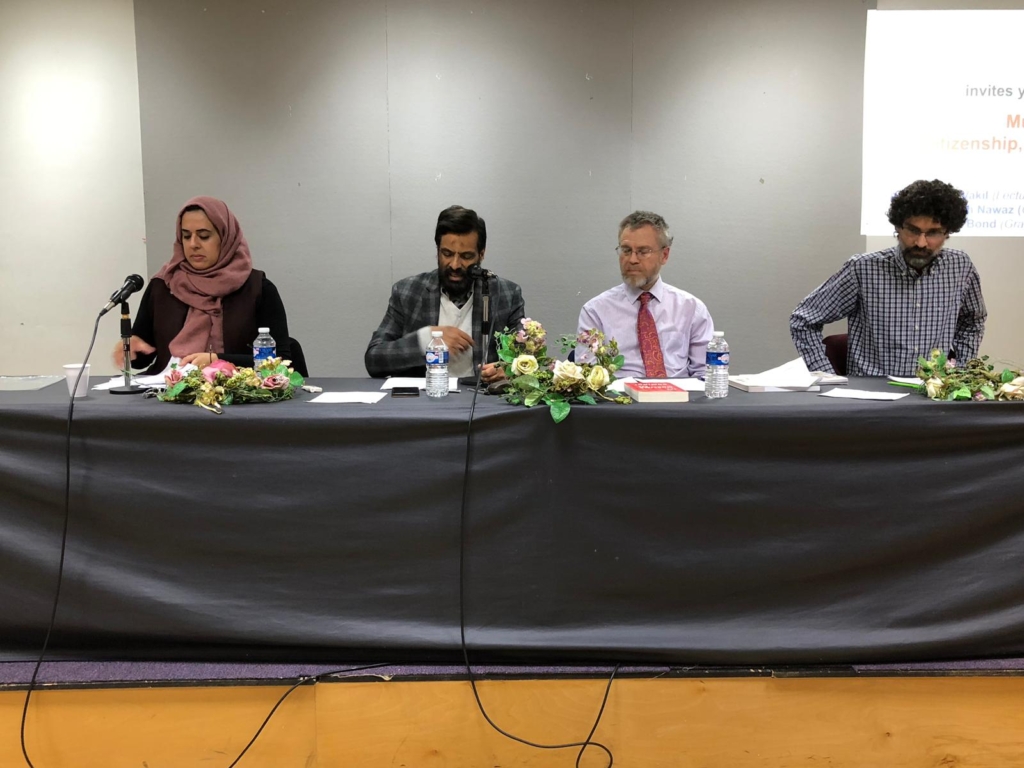It will be the first, large-scale solar project in the oil-rich country when it is completed at the end of the year, and the largest of its kind in the Middle East. At full capacity, the 100-megawatt, concentrated solar project will be able to power 20,000 homes. For those behind the project, it’s the surest sign yet that solar is coming to the region in a big way.
"We truly believe solar will be a major contributor to meeting our own requirements," said Sultan Ahmed al-Jaber, the UAE’s Special Envoy for Energy and Climate Change and the chief executive officer of government-funded Masdar, which is the majority investor in the project.
"We are not like many other countries today that are in desperate need for complimentary sources of power," Jaber said, adding Abu Dhabi plans to generate 7 percent of its electricity from renewables by 2020. "We are looking at it from strategic point of view … we want to become a technology player, rather than an energy player."
With its vast deserts and long stretches of sunny days, the Middle East would seem to be an ideal place to harness solar energy. But until now, the region has largely shunned solar because it has cost about three times more than heavily-subsidized fossil fuels. There are also few laws in place to regulate solar power and it faces some unique technological hurdles, given the Middle East’s harsh climate, which is much hotter and dustier than say Europe, where solar thrives.
But technological advances have pushed costs down dramatically, and many oil-gas rich countries are reconsidering renewables amid growing demands for power to fuel their booming economies and rapidly increasing populations. There are also fears, especially in Saudi Arabia, that their once seemingly limitless oil resources may have peaked and they could one day become net oil importers. Countries also understand they can get much more revenue for their oil — as much as $ 90 a barrel at current prices — if they export it rather than use it domestically.
"We are in the middle of a radical rethinking of the energy future of the region," Adnan Z. Amin, director general of the Abu Dhabi-based International Renewable Energy Agency, told The Associated Press.
"One of the real wake up calls for Saudi Arabia, which is a heavily hydrocarbon country, is that they are seeing their current energy demand growing at such a high rate that they risk becoming a net energy importer in 20 years. That would be a major economic issue to deal with."
Amid the buzz over solar, countries have begun rolling out ambitious renewable targets.
Egypt and Qatar which say they will produce 20 percent of their energy from renewables by 2020 and 2024 respectively. Algeria has plans to produce 22,000 megawatts of power from renewables between now and 2030. Saudi Arabia announced targets of 10 percent by 2020 and Kuwait 15 percent by 2030.
Tarek El Sayed, a principal with the consulting firm Booz & Company, projected that countries in the Middle East and North African could become significant renewable energy players in the coming decades.
Although he said in a report that the sector is currently "underfunded or not funded at all," several projects across the region are on the drawing board and El Sayed expects Egypt, Libya and Saudi Arabia to be big players along with the smaller Gulf countries like the UAE that are investing heavily in the sector.
"If you had talked renewable energy five or six years ago to anyone in the region, they would have said, ‘come on we can’t do that. It’s like shooting ourselves in the foot. We are our oil producers.’ Today, nobody would tell you that," El Sayed said.
Vahid Fotuhi couldn’t agree more. A longtime proponent of solar in the region, he first worked for an oil giant struggling to sell solar in the region before it gave up on the project a few years back. He has since joined an American solar systems provider, Alion, which set up shop the region six months ago. Fotuhi, who also heads the Emirates Solar Industry Association, admits he is desperate to get a "piece of the pie."
"The real prize is Saudi Arabia," Fotuhi said, noting that it has promised to build 41,000 megawatts of capacity by 2032. "Anyone who is looking at the Middle East will have their eyes sharply focused on the Saudi market. It’s the 800-pound gorilla of the Middle East solar market."
But not everyone is so bullish.
Imen Jeridi Bachellerie, a researcher associated with the Gulf Research Center in Geneva, questioned some of the renewable targets as overly ambitious adding that countries would be better off focusing improving energy efficiency of buildings and upgrading existing infrastructure before investing heavily in renewables. She said they will need years to change attitudes about energy, offer significant subsidies that would make solar competitive with fossil fuels and develop the regulatory framework required to help the industry thrive.
"I don’t think there should be a rush to renewables," said Bachellerie, warning that a hasty push into the field without first sorting out technological glitches could pose problems.
To some degree, governments in the region understand this.
On the sidelines of U.N. climate talks, Qatar Science & Technology Park, GreenGulf Inc. and Chevron Qatar inaugurated a solar testing facility. The 35,000-square-meter facility will be used to determine what types of solar are best for the region, looking at how dust, heat and humidity impacts various technologies. Qatar, a tiny desert nation which has promised to host a carbon neutral 2022 World Cup, also is looking at ways to make solar more efficient.
"We are one of the biggest believers in solar," Abdullah Bin Hamad al-Attiyah, a former Qatari oil minister who is the president of the climate conference, told reporters. "We have technical problems with solar but I’m a big believer that technology will solve it."


